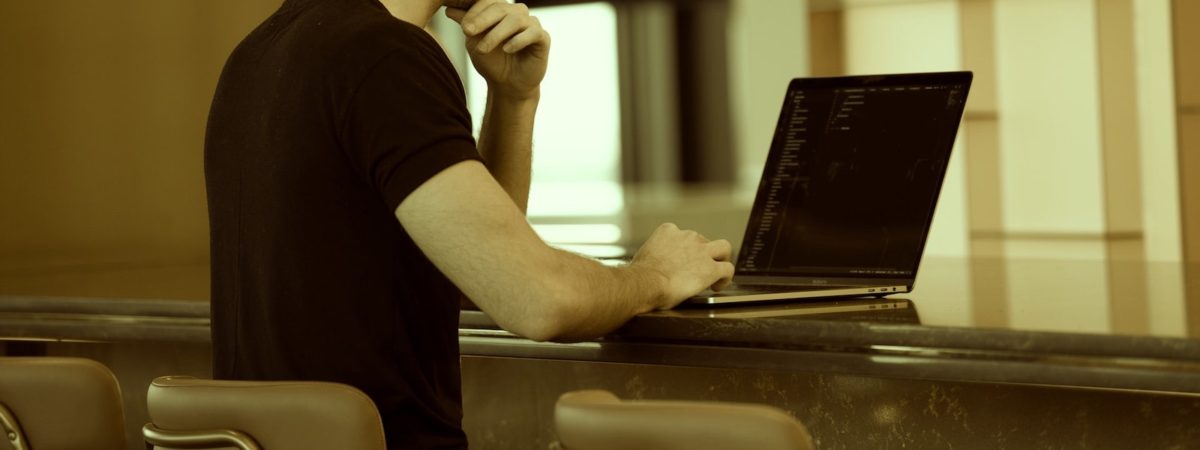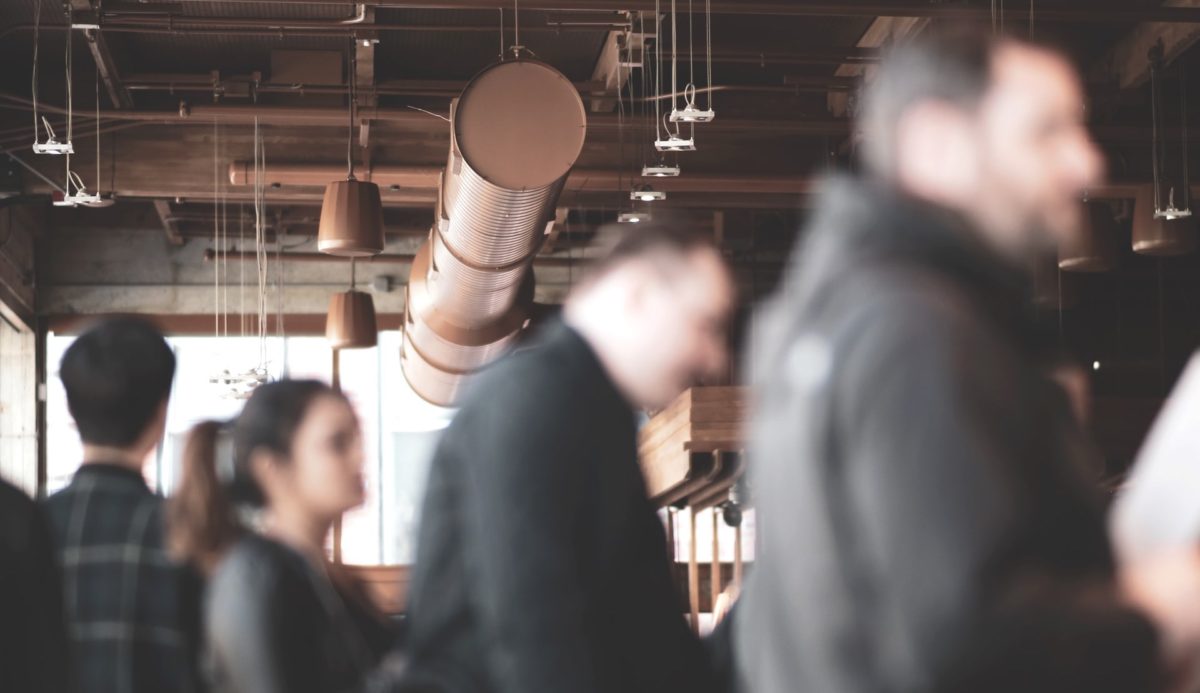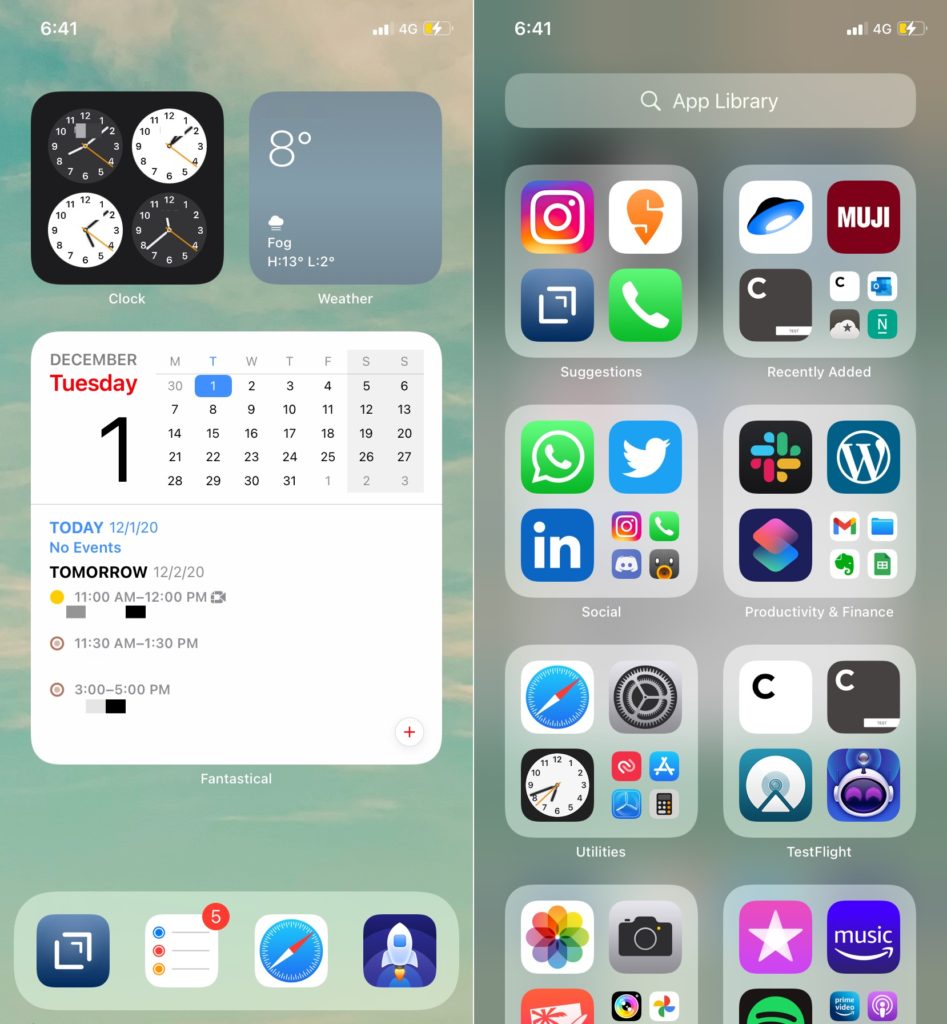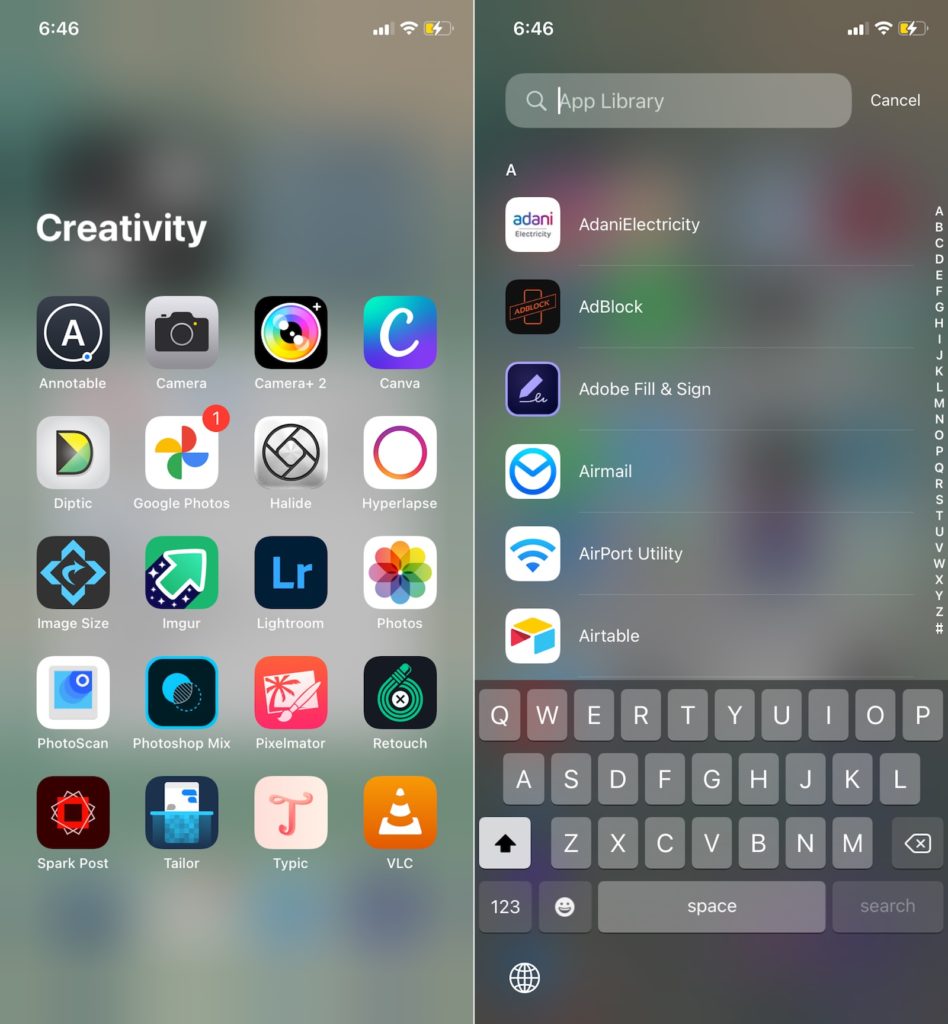Three recent instances of mainstream institutions getting involved in crypto:
~ A regulator: SEC Announces New Standalone Office Dedicated To Digital Assets And Blockchain
~ An insurance company: 169-Year-Old MassMutual Invests $100 Million in Bitcoin
~ A custodian: Lukka Closes Series C Led by State Street With Participation From S&P Global and CPA.com
These are not new-age valley-type or fintech companies. MassMutual, as the headline says, is a nineteenth century institution whose sales were over half a billion dollars by the time the USA Civil War ended. State Street is the world’s second largest custodian. And the SEC is, well, the SEC.
Nor are the crypto companies that are attracting attention from such institutions simplistic: Lukka makes data management software for institutions’ crypto asset holdings.
We have been seeing the mainstreaming of crypto happening before our eyes for months now. One boring institution after another. What they’re interested in is just as boring: cryptocurrency as an asset uncorrelated with other major assets. On the one hand it makes sense – it’s a time of potential prolonged uncertainty in markets across the globe. On the other it’s amazing: this is trust in an eleven-year-old creation that truly lives ‘on the internet’ and nowhere else.







